Recollections of the Past 30 years pursuing Coelacanths
Jerome Hamlin, creator dinofish.com
From 2003-2015, the Fukishima Aquarium conducted a series of ROV probes in the waters of Indonesia, beginning near the location of the Fricke Dive team observations off Sulawesi. (In fact, the Fricke Dive group speculated that their coordinates had been obtained by the Japanese). These ROV probes succeeded in capturing more video and locations of coelacanths in the area and eventually as far east as Biak, Western Papua Indonesia.
The capture plan, positioned as usual to be in the interest of science, tried a new and clever aproach: juvenile coelacanths would be sought as their small size would make management of capture far easier than dealing with massive adults. The theory was that the small coelacanths would be in shallower water than the adults, and might even be reached by technical divers using rebreathers or open circuit trimix to execute the capture. To this end, Forrest Young and his professional divers from Florida, were flown over to meet the Japanese team on the first expedition.
The problem was no one considered the experience in the Comoros (of which I was very familiar.) In years of visiting the Comoros, I had only seen the remains of one bitten in half juvenile in a local freezer. Neither the shallow water fishermen, nor the deep handline fishermen caught them with any regularity. The several SCUBA operations never saw them down to the 200ft depth of deep open circuit SCUBA. And, the Jago submersible did not observe jueveniles during its dozens of descents down to 700ft and the caves of the adults. Nor did Jago observe them in the caves with the adults (although there is one claim to the contrary.) Eventually, in 2009, the Fukishima ROV succeded in making the first film of a juvenile coelacanth at depth. It is very exciting to watch. The fish is perfectly formed and spotted like an adult, but only a foot or so long. However, it was deep, beyond technical diving, at a depth where adults are typically found.
Presumably, the continuing ROV probes by Fukishima, under the direction of Masa Iwata, were in search of a population that divers could reach. (The diver accessible coelacanths of South Africa had been excluded from capture efforts by park conservation officials.) Eventually, Fukishima set up a shore "station" in Indonesia for coral and coelacanth research. This sounded familiar to me!
Meanwhile, I turned my attention to another problem. Hans Fricke and Raphael Plante had very much wanted to build a coelacanth education center in the Comoros- to give back to a country that had brought them such success and international recognition. A beautiful architectural rendering had been done, but funding fell through- entirely. Now with the website, dinofish.com, basically dominating the web for coelacanths in the days before Wikipedia, I had a platform with which to raise funds. The Comorians came up with their own more modest design and I ran a T-shirt campaign online. Little by little the Coelacanth Center took shape down at Itsoundzou, not far from where the Fin Walk One resus unit had been positioned a few years before. Said Ahamada was coordinating the new center, with funding coming in the form of international wire transfers to a bank in the Comoros. I made one site visit to the center under construction in 2008, at the same time that I swung around to Tanga, Tanzania to deliver deep release kits where suddenly more coelacanths were being caught than at the Comoros! Evidently, the fisherman there had changed to using gill nets, suddenly laying bare an entirely unkown population of coelacanths, far up the East African Coast. (As early as 2001, at dinofish.com, Iwas alerted to a coelacanth caught off Kenya- a single fish even further north. That specimen is now in the science museum in Nairobi.)
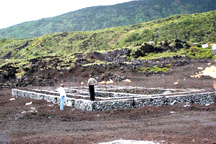
Work begins...
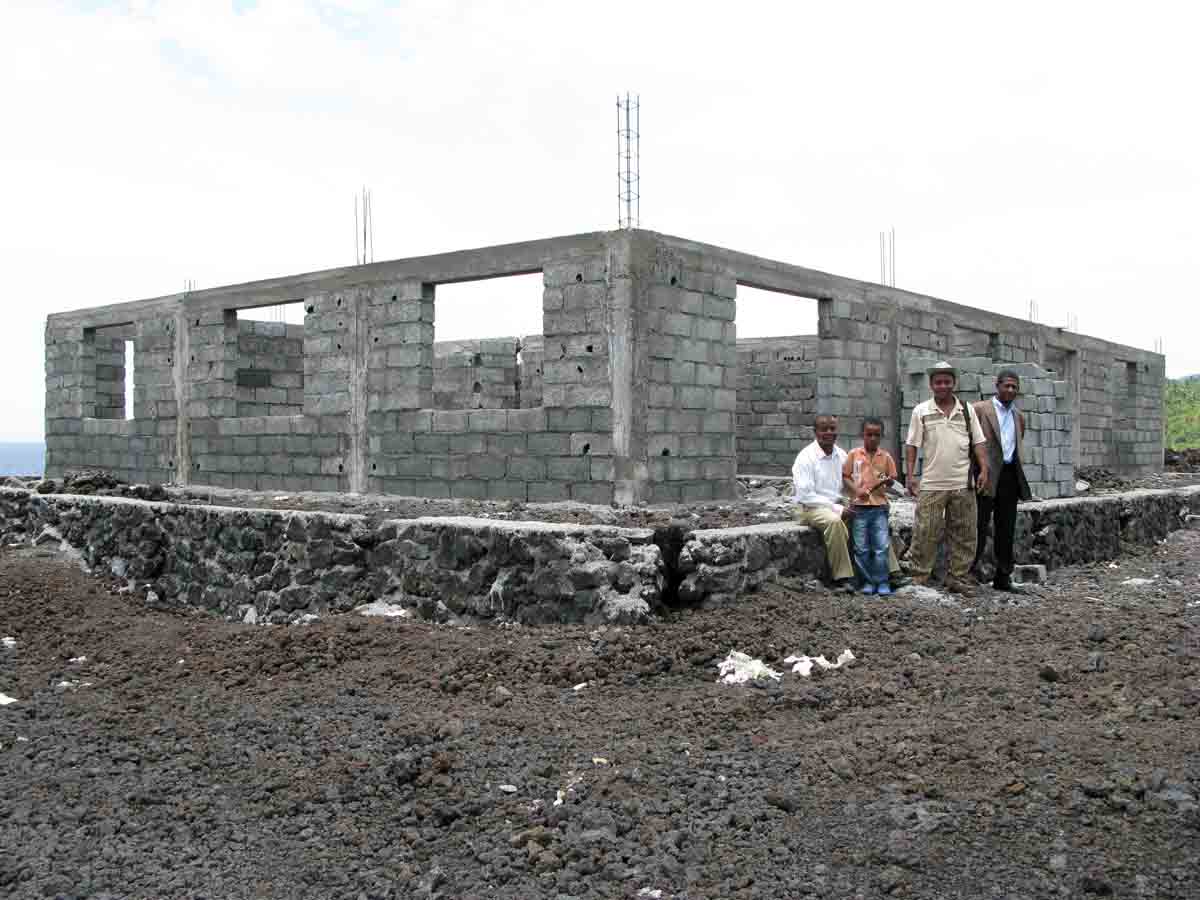
Cement block construction...
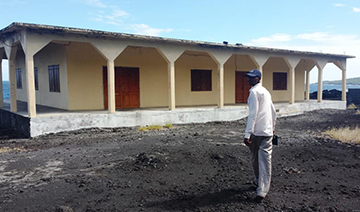
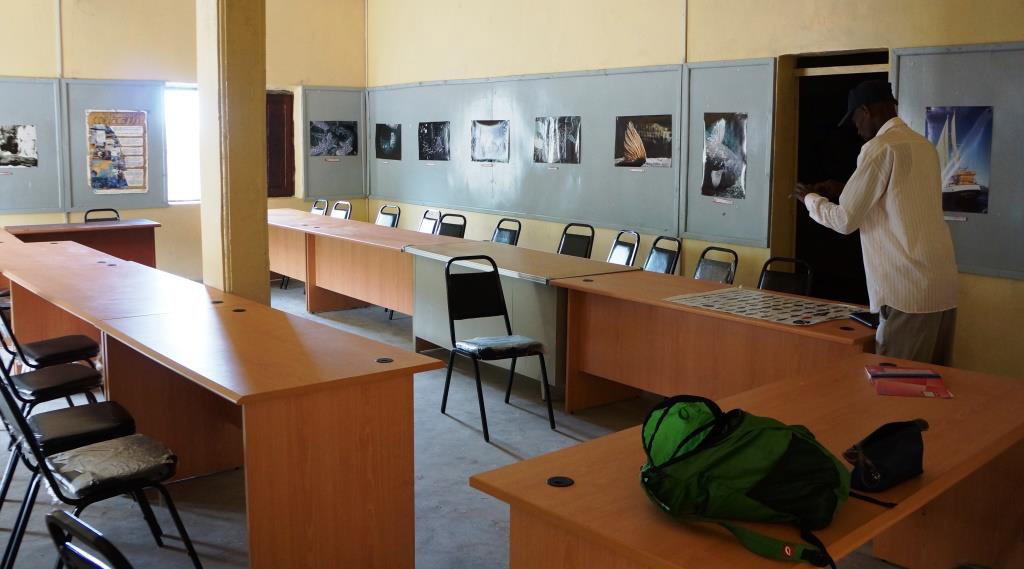
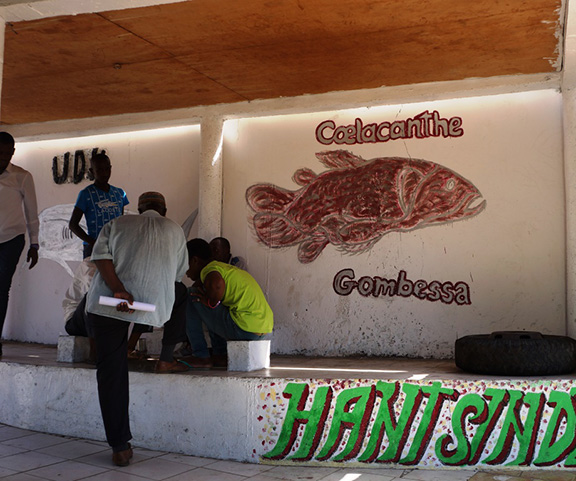
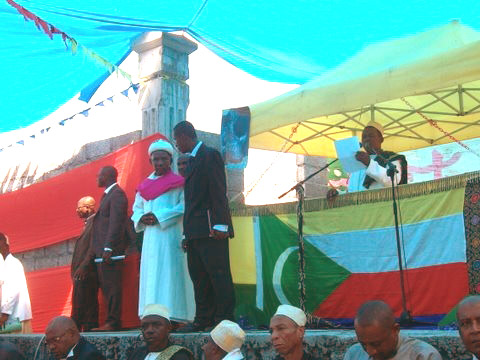
A gala opening featured the vice president of the Comoros.

I became part of a road sign!
When the center construction was still underway, I had turned my attention to an email that arrived back in 2006. It raised a new subject- the possibility of coelacanths in a different part of the world, the South Pacific!
